
Here at RocketNews24, we spend a lot of time talking about language–particularly Japanese and English in Japan. It’s no secret that English is a difficult language to learn, and not just for folks from Japan. Part of the reason for the difficulty arises from the numerous variations English has–from American to Australian to Singaporean. But one country in particular that stands out is the Philippines, which the BBC recently called “the world’s budget English teacher.” While it’s not exactly the most complimentary title, it certainly is true that the country takes English as one of its official languages (along with Filipino, which is basically a standardized form of Tagalog). Of course, in a country with around 170 living languages, it should be expected that Philippine English is quite a bit different from English in the US or the UK.
But just how different is it?
Since the majority of English-speakers in the Philippines use the language as their second language, there’s a lot of “code-switching,” where speakers alternate between two or more languages. If you’re not exactly sure what that means, just think of a party in Tokyo where people flow back and forth between Japanese and English and you’ll have a good idea. Code switching isn’t unique to the Philippines, but we’d guess that it has led to Philippine English developing plenty of unique aspects. In fact, one Filipino website has compiled a list of ten English words that only Filipinos use! But after looking this list, we feel obligated to raise a tiny eyebrow of skepticism.
As a native of the midwestern United States, I have to say that I was more surprised by how familiar some of these words and phrases were. Maybe Philippine English isn’t quite as different as we thought! Take a look at the list and see if any of them sound familiar…
1. Bad shot
Wikipedia (Cpl. Megan L. Stiner)
Okay, this first one was a new one for me. “Bad shot” sounds like a crappy Instagram photo, but it’s actually used in the Philippines to “express frustration,” like getting stuck in traffic on your way to an interview. Okay, fair enough, I can see how that makes sense…
Update: Quite a few readers pointed out that “bad shot” is usually used when you’ve annoyed someone or have someone displeased with you. Apparently most people in the Philippines use the phrase “bad trip” instead to refer to a bad situation.
2. Chancing
Wikipedia (Heri Gerbault)
To be honest, when I first saw this one, I was convinced it was either something to do with drugs, mountain climbing, or doing drugs while mountain climbing. I was almost completely–but not entirely–wrong. In the Philippines, “chancing” means to make “sexual advances” on someone–usually someone who’s probably not going to be interested. Again, I can see the logic of the word, but it does seem a bit on the nose…
3. Frigidaire
Wikipedia (Pierre Gencey)
Wait, frigidaire? Okay, to be honest, it might just be me, but this seems extremely out-of-place on the list. First, “frigidaire” means “refrigerator” in the Philippines–just like it does in the US. After all, the word comes from the name of the refrigerator manufacturer headquartered in Charlotte, North Carolina. I suspect that very few people under the age of 50 use the word anymore, but it’s definitely not something only Filipinos use!
4. Comfort room
Wikipedia (Chris 73)
Okay, this one totally got me. I seriously expected it to be a school nurse’s office, but it turns out that a “comfort room” in the Philippines is just a bathroom. Kind of anti-climatic, but now I’m wondering what people are doing on the toilet that’s so comforting!
5. Live-in
Wikipedia (4028mdk09)
Alright, I’m really on the fence about this one. In the US, at least, “live-in” is used as an adjective to describe someone who lives together with someone else. Live-in nanny, live-in boyfriend, live-in butler, or whatever you’re most familiar with. But in the Philippines, the adjective has apparently become a noun on its own and simply refers to an unmarried couple who lives together…in sin. (GASP!)
6. Ice drop
Wikipedia (Dick Johnson)
At first, I assumed this had to have something to do with Frozen, but it’s actually just the Filipino word for “popsicle.” Which, when you think about it, makes a lot more sense than popscile! I think this one we all need to adopt.
7. Mineral water
Wikipedia (mtnvalley)
Hunh? How is this a word only used by Filipinos? Maybe I’m totally out of the loop, but hasn’t “mineral water” long been used to refer to “distilled, bottled water”? The author of the original list also notes that the bottles are often sold on the street and are popular due to the quality of the tap water, so maybe they’re focusing on the water being sold on the street. Either way, I don’t think this is a purely Filipino usage…
8. Kodaki
Wikipedia (Fibroman)
Nope, this isn’t a combination of kayaking and skiing, as I first thought. It actually means “to take a photo with a camera” in the Philippines. Which really makes you think about how amazing the world is that taking a picture with something besides a camera is so normal, someone actually needed a word for using a camera. But it does make a ton of sense–outside of special occasions, I never even touch my camera!
9. Vulcanizing shop
Wikipedia (Biso)
Before you get all excited, no, this has nothing to with Spock, Star Trek, or even the Roman god of fire–it’s the phrase for a “tire repair shop.” Which, holy crap, that is a bad-ass name for a place to get your tire fixed! We think this needs to be in the new Mad Max movie somewhere…
10. Pentel Pen
The final item on the list is particularly weird, since Pentel is actually a Japanese company! On the other hand, I can’t think of any time I’ve actually heard an English speaker use “Pentel pen” to generically refer to non-permanent markers. But, then again, I don’t spend much time in the arts and crafts room. I think I’ll have to leave this one open to our readers…how do you all refer to “non-permanent markers?”
So, what’s my conclusion? It certainly does seem that Philippine English has a lot of words and phrases that other English speakers might not recognize–but it’s not quite as unique as some might think. Still, now you know that a “bad shot” doesn’t necessarily have anything to do with kodaki–but it might be how your chancing ends. And if that happens, you can always skip off to the comfort room and suck on an ice drop until you feel better!
Source: Tenminutes.ph
Cover image: Wikipedia (mtoz)

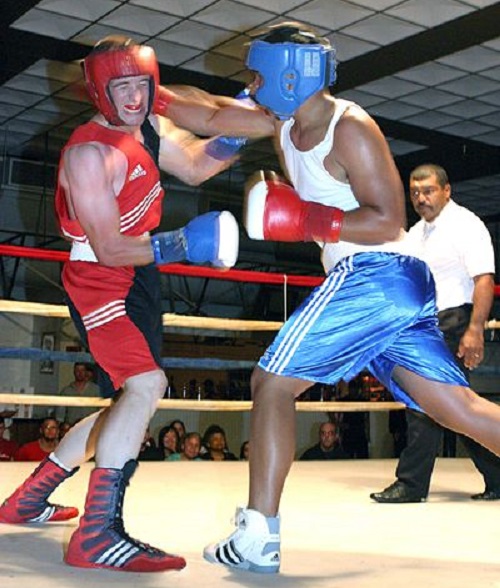
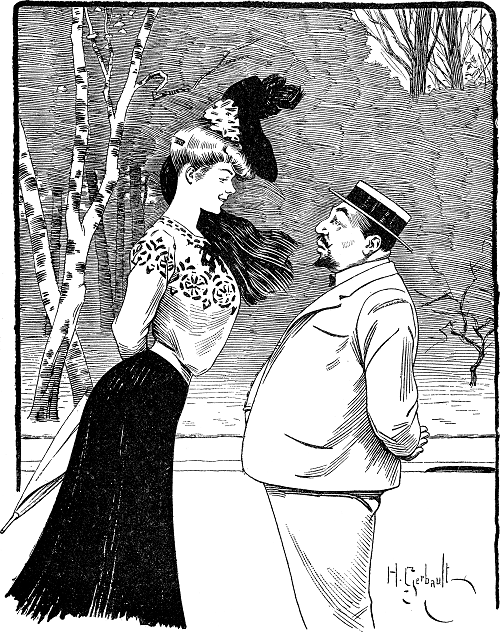
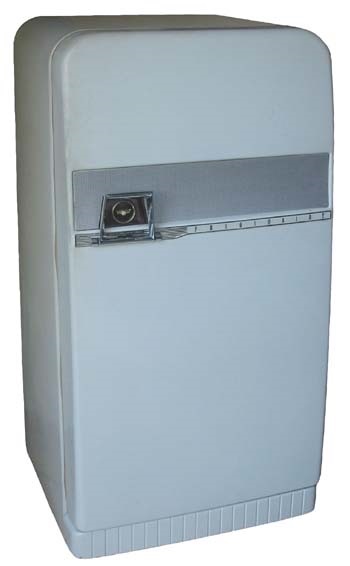
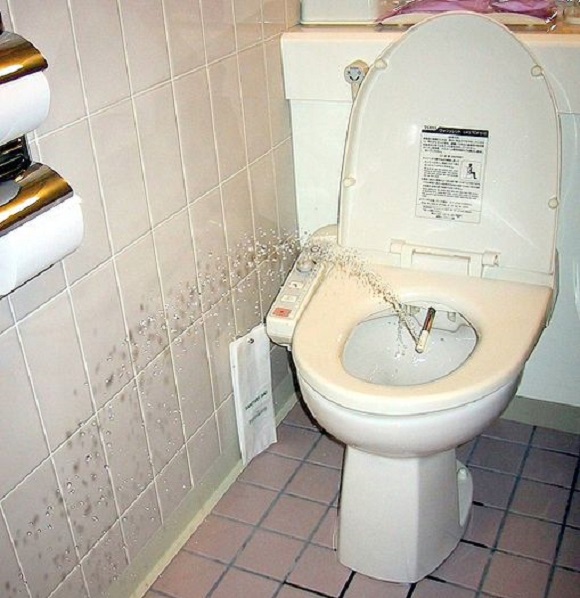
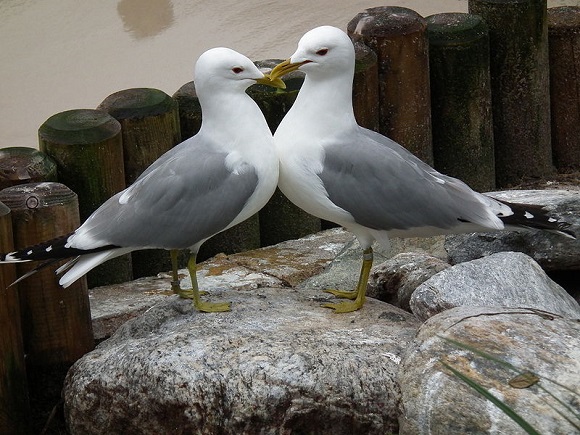
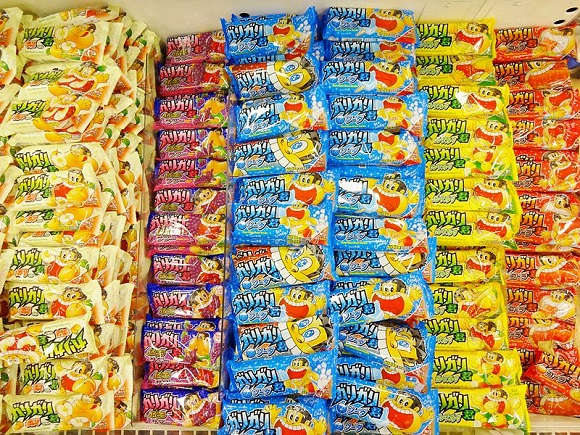
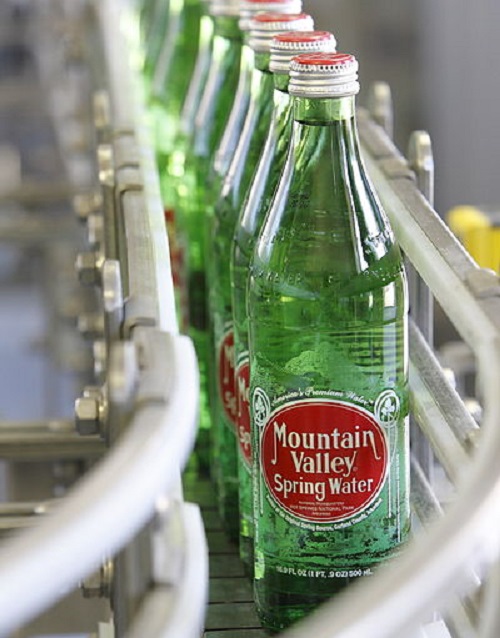


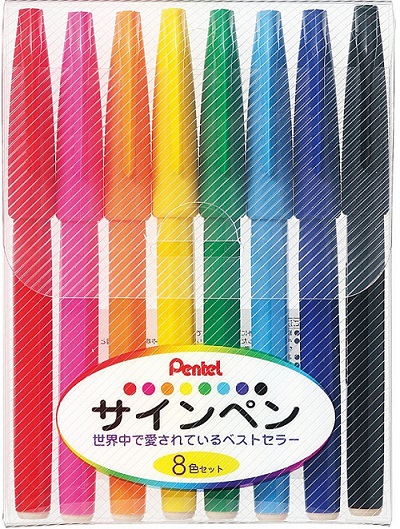
 There’s no need to care about our staff, because they’re foreigners, says Japanese maid service
There’s no need to care about our staff, because they’re foreigners, says Japanese maid service Volunteers cleaned up 45 tons of garbage from Manila Bay beach, restored it to its former glory
Volunteers cleaned up 45 tons of garbage from Manila Bay beach, restored it to its former glory Bomb-diffusing cop is also finalist in male beauty pageant, looks gorgeous both in and out of uniform
Bomb-diffusing cop is also finalist in male beauty pageant, looks gorgeous both in and out of uniform Popular impersonator and makeup magician shows off his Miss Universe makeovers
Popular impersonator and makeup magician shows off his Miss Universe makeovers Top 10 most irritating Japanese borrowed words – Part 2 (The people’s top 10)
Top 10 most irritating Japanese borrowed words – Part 2 (The people’s top 10) McDonald’s new Happy Meals offer up cute and practical Sanrio lifestyle goods
McDonald’s new Happy Meals offer up cute and practical Sanrio lifestyle goods All-you-can-drink Starbucks and amazing views part of Tokyo’s new 170 meter-high sky lounge
All-you-can-drink Starbucks and amazing views part of Tokyo’s new 170 meter-high sky lounge Studio Ghibli glasses cases let anime characters keep an eye on your spectacles
Studio Ghibli glasses cases let anime characters keep an eye on your spectacles Starbucks reopens at Shibuya Scramble Crossing with new look and design concept
Starbucks reopens at Shibuya Scramble Crossing with new look and design concept More foreign tourists than ever before in history visited Japan last month
More foreign tourists than ever before in history visited Japan last month Beautiful Sailor Moon manhole cover coasters being given out for free by Tokyo tourist center
Beautiful Sailor Moon manhole cover coasters being given out for free by Tokyo tourist center Arrest proves a common Japanese saying about apologies and police
Arrest proves a common Japanese saying about apologies and police 89-year-old Japanese man rides bike 600 kilometers to visit his 61-year-old son
89-year-old Japanese man rides bike 600 kilometers to visit his 61-year-old son Japan’s elementary school backpacks grow up with new high-class randoseru for adults
Japan’s elementary school backpacks grow up with new high-class randoseru for adults Where’s the very best seat to sit in on Japan’s Shinkansen? Our expert has an answer
Where’s the very best seat to sit in on Japan’s Shinkansen? Our expert has an answer Disney princesses get official manga makeovers for Manga Princess Cafe opening in Tokyo
Disney princesses get official manga makeovers for Manga Princess Cafe opening in Tokyo Beautiful new Final Fantasy T-shirt collection on the way from Uniqlo【Photos】
Beautiful new Final Fantasy T-shirt collection on the way from Uniqlo【Photos】 Is the new Shinkansen Train Desk ticket worth it?
Is the new Shinkansen Train Desk ticket worth it? Foreign English teachers in Japan pick their favorite Japanese-language phrases【Survey】
Foreign English teachers in Japan pick their favorite Japanese-language phrases【Survey】 Japanese convenience store packs a whole bento into an onigiri rice ball
Japanese convenience store packs a whole bento into an onigiri rice ball We try out “Chan Ramen”, an underground type of ramen popular in the ramen community
We try out “Chan Ramen”, an underground type of ramen popular in the ramen community Studio Ghibli releases Kiki’s Delivery Service chocolate cake pouches in Japan
Studio Ghibli releases Kiki’s Delivery Service chocolate cake pouches in Japan Japan’s bone-breaking and record-breaking roller coaster is permanently shutting down
Japan’s bone-breaking and record-breaking roller coaster is permanently shutting down New definition of “Japanese whiskey” goes into effect to prevent fakes from fooling overseas buyers
New definition of “Japanese whiskey” goes into effect to prevent fakes from fooling overseas buyers Our Japanese reporter visits Costco in the U.S., finds super American and very Japanese things
Our Japanese reporter visits Costco in the U.S., finds super American and very Japanese things Studio Ghibli unveils Mother’s Day gift set that captures the love in My Neighbour Totoro
Studio Ghibli unveils Mother’s Day gift set that captures the love in My Neighbour Totoro Foreign passenger shoves conductor on one of the last full runs for Japan’s Thunderbird train
Foreign passenger shoves conductor on one of the last full runs for Japan’s Thunderbird train Domino’s Japan now sells…pizza ears?
Domino’s Japan now sells…pizza ears? New Japanese KitKat flavour stars Sanrio characters, including Hello Kitty
New Japanese KitKat flavour stars Sanrio characters, including Hello Kitty Kyoto creates new for-tourist buses to address overtourism with higher prices, faster rides
Kyoto creates new for-tourist buses to address overtourism with higher prices, faster rides Sales of Japan’s most convenient train ticket/shopping payment cards suspended indefinitely
Sales of Japan’s most convenient train ticket/shopping payment cards suspended indefinitely Sold-out Studio Ghibli desktop humidifiers are back so Totoro can help you through the dry season
Sold-out Studio Ghibli desktop humidifiers are back so Totoro can help you through the dry season Japanese government to make first change to romanization spelling rules since the 1950s
Japanese government to make first change to romanization spelling rules since the 1950s Ghibli founders Toshio Suzuki and Hayao Miyazaki contribute to Japanese whisky Totoro label design
Ghibli founders Toshio Suzuki and Hayao Miyazaki contribute to Japanese whisky Totoro label design Doraemon found buried at sea as scene from 1993 anime becomes real life【Photos】
Doraemon found buried at sea as scene from 1993 anime becomes real life【Photos】 Tokyo’s most famous Starbucks is closed
Tokyo’s most famous Starbucks is closed One Piece characters’ nationalities revealed, but fans have mixed opinions
One Piece characters’ nationalities revealed, but fans have mixed opinions We asked a Uniqlo employee what four things we should buy and their suggestions didn’t disappoint
We asked a Uniqlo employee what four things we should buy and their suggestions didn’t disappoint Princesses, fruits, and blacksmiths: Study reveals the 30 most unusual family names in Japan
Princesses, fruits, and blacksmiths: Study reveals the 30 most unusual family names in Japan New Philippine mail order site makes Japanese items available at the click of a button
New Philippine mail order site makes Japanese items available at the click of a button Man overjoyed as woman who crashed into his car turns out to be AV star Maria Ozawa【Video】
Man overjoyed as woman who crashed into his car turns out to be AV star Maria Ozawa【Video】 This squirrel is sub-par! More nonsense Japanese hits the fashion market
This squirrel is sub-par! More nonsense Japanese hits the fashion market The Philippines Bureau of Immigration is so “Happy” to see you, they’re flash-mobbing
The Philippines Bureau of Immigration is so “Happy” to see you, they’re flash-mobbing Dark Horizon textbooks go beyond “Hello my name is…” to “Who are you calling a bitch, bitch!”
Dark Horizon textbooks go beyond “Hello my name is…” to “Who are you calling a bitch, bitch!” Tekken video game series shows off its first fighter from the Philippines: Josie Rizal 【Video】
Tekken video game series shows off its first fighter from the Philippines: Josie Rizal 【Video】 RocketNews24’s six top tips for learning Japanese
RocketNews24’s six top tips for learning Japanese Yahoo! Japan finds most alphabetic and katakana words Japanese people want to find out about
Yahoo! Japan finds most alphabetic and katakana words Japanese people want to find out about No good at saving money? You may have your mother tongue to blame for that
No good at saving money? You may have your mother tongue to blame for that How do you say ‘Google it, you trash’ in British English? Answer surprises many in Japan
How do you say ‘Google it, you trash’ in British English? Answer surprises many in Japan What time appears most in Japanese and English song lyrics?
What time appears most in Japanese and English song lyrics? Foreign English teachers in Japan pick their favorite Japanese-language phrases【Survey】
Foreign English teachers in Japan pick their favorite Japanese-language phrases【Survey】 What’s wrong with English education in Japan? Pull up a chair…
What’s wrong with English education in Japan? Pull up a chair… BuzzFeed’s video of “anime expressions” delivers more laughs than useful language pointers
BuzzFeed’s video of “anime expressions” delivers more laughs than useful language pointers 10 Japanese words you know now that irritate some Japanese businessmen (because they’re English)
10 Japanese words you know now that irritate some Japanese businessmen (because they’re English) Sun + Magnifying glass = Art? One man’s unique “painting” style will blow your mind
Sun + Magnifying glass = Art? One man’s unique “painting” style will blow your mind
Leave a Reply